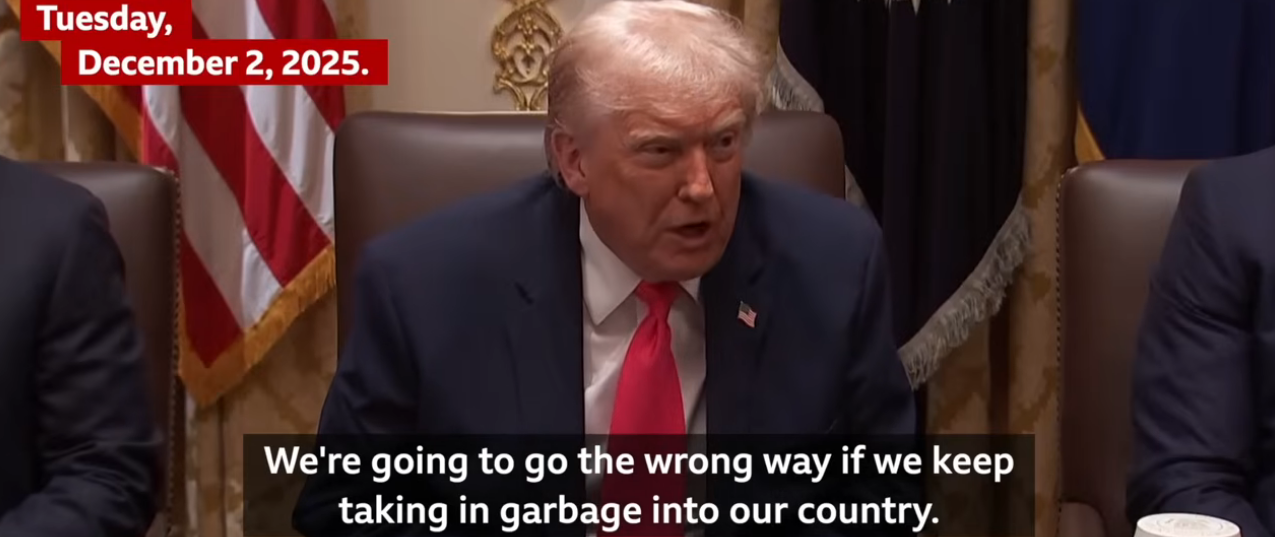Hellen Oryem–Global warming versus feeding her family
[Africa]
GULU, Uganda–Ms. Hellen Oryem, a fifty-five year-old mother of four, smiles innocently, when she realized that I was about to take her photo. Instead of protesting my action, she adjusts her position in anticipation of the next click of my phone’s camera.
This was on a hot day earlier this year at Laliya market, located on the Northern side of Gulu Town.
I found Hellen vending charcoal in small plastic containers at Uganda shillings 500 each, which is about 15 cents U.S.
She had in total about twenty such containers on display.
I had to wait for over 15 minutes before a buyer comes to buy her merchandise. At this rate, I can imagine that by the end of the day, not all the 20 or so containers of charcoal will have been bought.
“It takes me about five days to complete selling one bag of charcoal completely. Each bag of charcoal costs me twenty-five thousand shillings. In a good day, I go home with four thousands shillings,” says Hellen.
Although her family owns a large piece of farmland in Apar village in Amuru district, her family underutilizes the farmland because she still has children who go to schools in Gulu Town.
“My children cannot be left on their own in. I must stay around to see them through education. I can’t go to the farm since the village has no good schools,” she says.
Hellen does not know that by selling charcoal to the people, she becomes part of the statistics of those who are encouraging forest degradation, thereby contributing to climate change, which is now a major issue on the global environmental agenda. U.S. President Barack Obama addressed the issue during his recent visit to Kenya and Ethiopia and in the United States he’s made a major push, announcing new policies.
Each country faces its own reality and challenges. Here in Uganda, as in other African countries, there are also economic realities to contend with. For people like Hellen Oryem, and those at other levels of the chain, including the tree cutters, it’s commerce; revenue earning.
According to Mr. Samuel Abwola, the Gulu District Forestry Officer, charcoal burning is now rampant in seven out of the 12 sub-counties of Gulu. Sub-counties are the third level of administrative units of governance at local level.
Abwola says it was only in the 1970’s that people were burning charcoal for sale from Opit Village in Lalogi sub-county and they would sell their charcoal in Gulu Town only. “Today, people come from as far as Kayunga, Kampala city and Luweero districts to do business in charcoal in Gulu,” he says, referring to distances of hundreds of miles.
He said there was a case in which a man sold off trees including grass on his nearly 50 acres for a mere $486 U.S. to the charcoal burners.
“They come to individual private land owners and negotiate directly without involving us, the district officials. When we complain, they would tell us that they were clearing the land for agriculture,” says Abwola.
Ninety-six percent of Ugandan households depend on wood fuel for cooking. According to a study conducted by Food and Agriculture Organization (FAO), the rate of charcoal production and usage in Uganda between 1998 and 2008 increased by 76% mainly due to increased urbanization.
The study further noted that production of charcoal in Uganda was mainly based on cutting naturally growing tree using simple methods. The current rate of deforestation stands at 1.8%. This means the scarcity of wood fuel can only get worse unless serious interventions are put in place to reverse this trend.
While burning charcoal, carbon dioxide is released directly through smoke to the atmosphere in the process, thereby causing global warming and climate change.
According to statistics compiled by Mr. Langoya Council Dickson, total forested area of Uganda is 8.8 million acres, 64% of which is on private land. The rate of forest loss per year is 227,137 acres, representing 1.81 percent per year mainly in private natural forests.
Mr. Langoya says that any change of environmental assessment should not be beyond 5%, otherwise it will cause permanent damage.
“Uganda needs 1.8 million hectares of planted forest cover to reach the 5% Limit of acceptable change. At the moment planted forest is only 0.25%. Demand for timber and poles are way out of the roof. Supply is virtually not there,” he says.
The government of Uganda introduced rural electrification program recently in the region whereby they supplied over 1,725 electricity poles to the rural community. Over 53 miles of distance was covered by the program. Unfortunately only about 100 households connected to the national electricity grid.
According to Mr. Byron Ogusu, the Kilak sector Manager of National Forestry Authority (NFA), his office is planting one hundred and sixty thousands of pine, eucalyptus, mahogany and musizi seedlings for free distributions in his sector.
“The region is experiencing erratic rainfall. There is too much sunshine. We shall distribute the seedlings freely to the community,” he explains.
Seedlings from commercial private dealers are sold at shillings 500 each, or 15 cents U.S.







